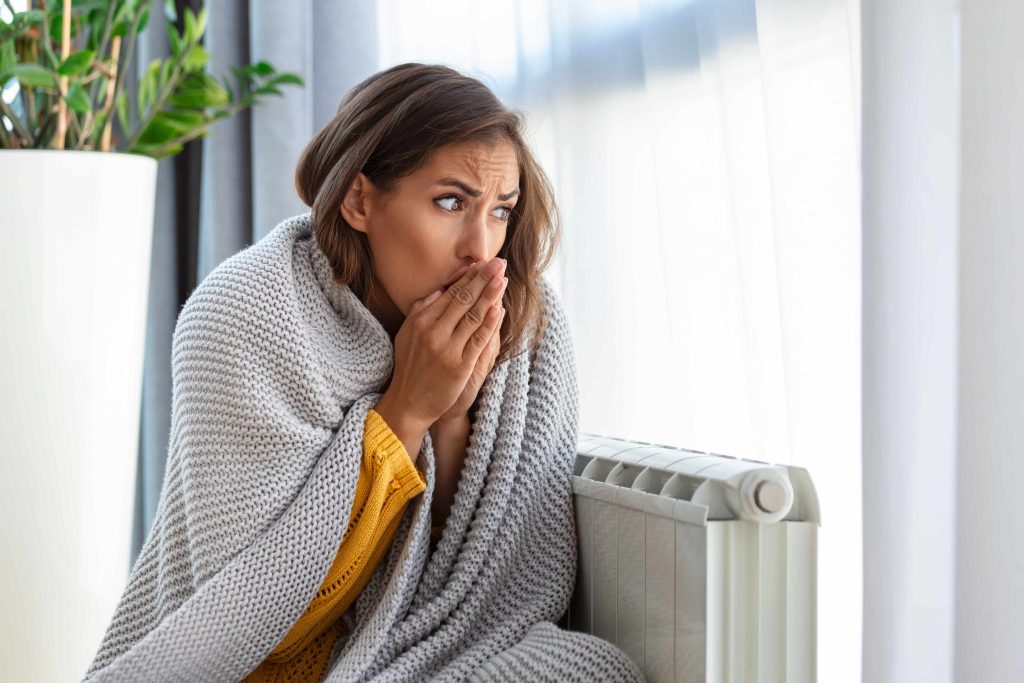
How to save on heating in 2024?
Attention to details, timely maintenance, good habits and new monitoring systems are some of the rules to follow to cut costs related to heating during the winter season without sacrificing warmth.
How to keep the heating on to save money?
A crucial step in controlling energy costs involves managing heating during the long winter days. Often, people wonder whether it is appropriate to leave the heating on all day.
The answer, truth be told, lies in good scheduling, taking into account different time slots. Thoughtful management allows both cost reduction and optimal thermal comfort.
- Maintaining a constant temperature without excessive fluctuations between the times when you are at home and when you are away is key. This way, the boiler is not subjected to particular stresses to reach the set temperature, resulting in less and more efficient consumption.
- It is necessary to assess the different times of the day. For example, during the warmer hours, the temperature can be lowered by a few degrees, always staying within the ideal range of 64.4 to 68° F.
A significant aid in heating management is provided by the latest generation thermostats. Smart thermostats, in particular, allow precise monitoring of room temperatures and remote activation of systems through a mobile app.
The technology behind these thermostats includes algorithms that learn the habits of the home's inhabitants, contributing to energy efficiency by optimising the performance of the entire system.
Smart Wi-Fi thermostats constantly monitor indoor air quality and humidity levels within the home.
What temperature is best for saving?
Knowing the humidity level at home is crucial for two main reasons.
- If it is below 50%, it means the air is too dry due to a high internal temperature.
- If it ranges between 60% and 70%, the temperature is too low, making it easier for mould, dust and harmful microorganisms to proliferate, affecting health.
To avoid overly dry or humid air, it's essential to know the ideal home temperature for winter. Thermal comfort is achieved at 66.2° F, an optimal level for both health and energy savings. It also contributes to reducing environmental pollution by significantly lowering the production of pollutants.
When evaluating the ideal temperature for savings, consideration should also be given to the use of individual rooms.
- For example, the kitchen, which heats up quickly when the stove or oven is on, can have a lower temperature.
- In the living room and dining area, maintaining a temperature between 66.2 and 68° F is important.
- The bathroom is typically the most heated space, with a temperature ranging from 66.2 to 71.6° F.
As for the bedroom, the ideal range at night is between 60.8° F and 64.4° F. During this time, the body temperature naturally decreases in preparation for sleep, preventing a feeling of cold, even though 60.8° F may seem low.
Simultaneously, a temperature that is too high, as mentioned earlier, can create a dry environment, leading to disrupted sleep and respiratory infections.
Technology is helpful. Similar to how a smart thermostat simplifies heating system management, installing smart thermostatic valves allows for savings without sacrificing a warm and welcoming environment.
- They detect the temperature in each room, and the information is shared through notifications on the smartphone.
- Like thermostats, thermostatic valves can be remotely controlled at any time and notify in case of anomalies.
- They can recognize if a room has been unintentionally left open and deactivate the radiators they are installed on for a set period, containing unnecessary energy consumption.
How to consume less with radiators?
A consistently effective method to save on heating is to have radiators in excellent condition. They are designed to last long and ensure high performance over time. However, it is essential to pay due attention.
Radiators should be cleaned at least once a year. Simple operations are sufficient for cleaning the exterior to eliminate dust, but if a more thorough maintenance is desired, it is advisable to consult a specialised technician, especially for the removal of sludge and accumulated residues.
To prevent the formation of air bubbles inside them that hinder the regular flow of hot water, radiators need to be bled using the appropriate bleed valve located on the side of the heating element.
It is crucial that the area in front of the radiator is not occupied by bulky objects such as wardrobes or other furniture, as they become a barrier to the transmission of heat in the room.
In an effort to avoid unnecessary heat loss, if the radiator is positioned near a damp wall or a poorly insulated window, thermal reflective panels can be used to reflect the generated heat.
How to heat your home in the most economical way?
When it comes to heating, savings should not compromise the health of residents and the overall well-being of the home environment. In addition to regular maintenance and checks, one can rely on solutions offered by home automation or smart systems.
The previous examples show that devices like smart thermostats and thermostatic valves make a significant contribution to system management, and the results are not only felt but also reflected in the utility bills.
In an industry destined to undergo radical changes in the future, especially to address challenges related to environmental sustainability, these tools are already readily available for everyone.







